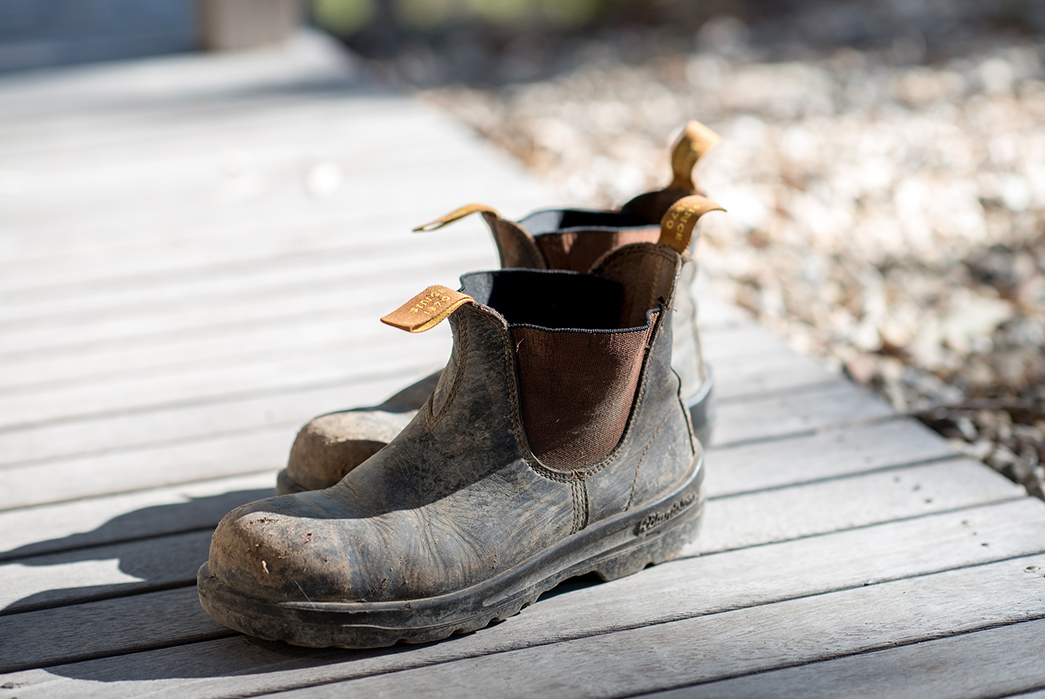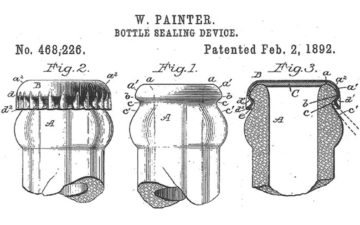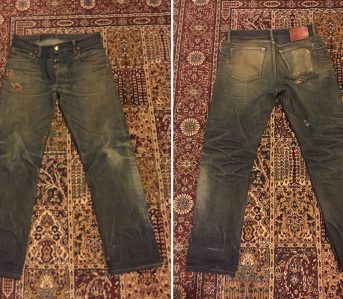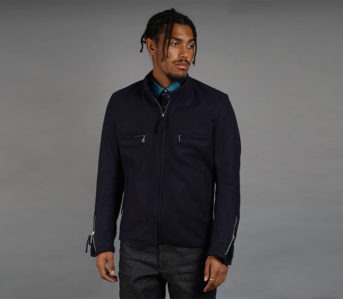The Chelsea boot has pulled away from other boots in popularity in recent years. Its no-frills aesthetics, simple design, and hard-wearing characteristics make it easy to see why it’s gained such a strong foothold on today’s style.
And, as with most of our favorite pieces of clothing, the Chelsea boot has had a long and storied career, one that is more expansive and complex than its ubiquity among London’s mods in the 1960s. It is a boot born of one of the 19th century’s greatest inventions and has seen wear by a queen, more than a few rockers, and the foot-soldiers of The Empire. Join us for the history of that damn boot that everyone has and hopefully see beyond its modern iteration’s mediocrity and maybe learn something too.
In the Beginning
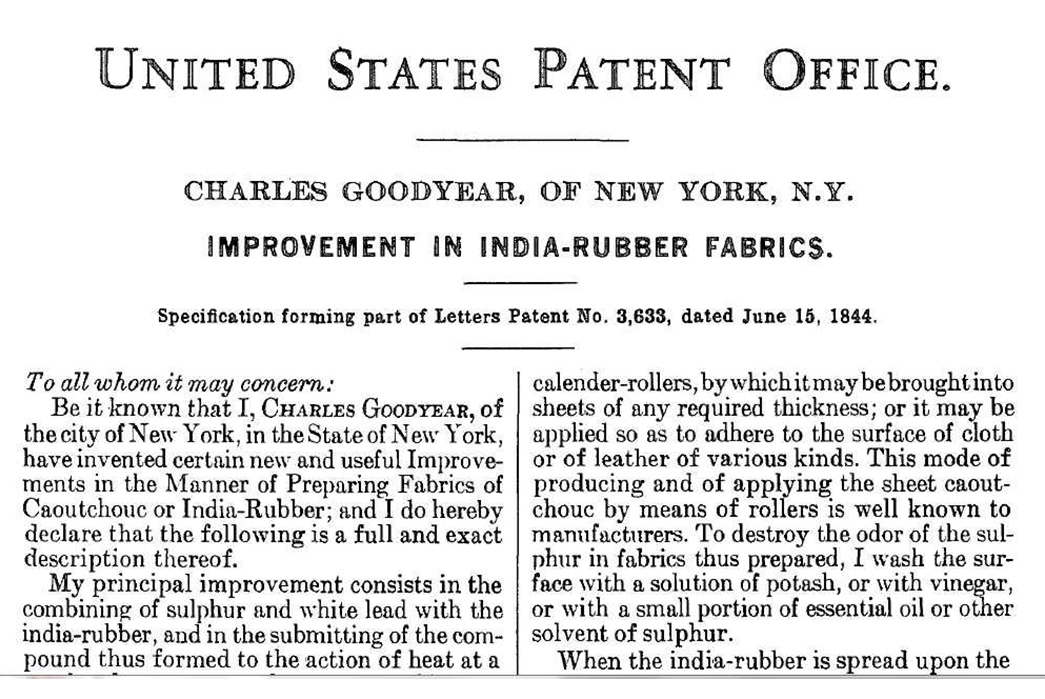
U.S. Patent for Vulcanization. Image via Twitter.
In the first half of the 19th century, Charles Goodyear had been seeking to turn rubber into something useful that would stay solid in hot and cold temperatures and not decompose. After years of experimenting, he had his breakthrough in 1839. He collaborated with Nathaniel Hayward, a businessman and fellow inventor, and received a patent that would change the world a few years later in 1844. This process came to be known as vulcanization and is the process that not only hardens rubber into something stable and wearable, but improves the strength and elasticity of the material on a molecular level as well, by simply adding sulfur.
It’s hard to fully appreciate the importance of vulcanized rubber, but take a look around and you’ll notice that its use in shoes and car tires alone (not to mention many other applications) is enough to get a sense of the invention’s impact. Goodyear’s invention was earth-shattering, which is why he was more than a little upset to encounter Thomas Hancock, a British engineer. Hancock filed had his own patent for vulcanisation (the English spelling) in England eight weeks prior to Goodyear’s own patent in the U.S. In all likelihood, he and his partner, Brockendon, had examined a sample of Goodyear’s work and back-tracked from there. But Hancock denied this his whole life.
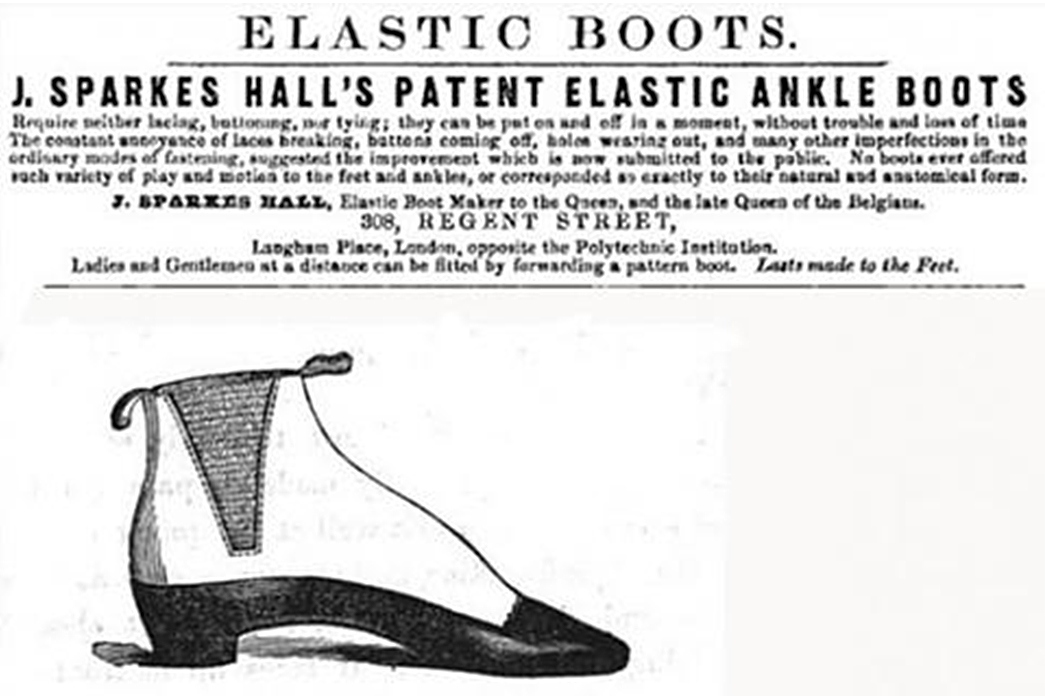
Elastic Boots. Image via Chelseaboots.com
In one arena, however; Hancock was undeniably ahead of the curve. He and Scottish chemist, Charles Macintosh, (whom we discuss in our history of the trench coat) had for some time been working with textiles, which put them on the track to creating elastic. Hancock is the uncontested inventor of elastic, which actually set him on his journey to understand vulcanization. Regardless, this stretchy fabric would change the footwear and apparel industry in untold ways.
Elastic’s first ingenious foray into footwear was dreamed up by Queen Victoria’s Royal Cordwainer in 1852. (While nowadays we use the word cobbler to mean someone who makes shoes, the correct word is actually cordwainer. Cobblers traditionally only repair shoes or make them with recycled leather.) Her Majesty’s Cordwainer was J. Sparkes Hall and he was tasked with making a boot that would allow her to ride a horse without tangling her laces in the stirrups. No one could very well ask the Queen to just ride horses better, so an entirely new boot had to be made.
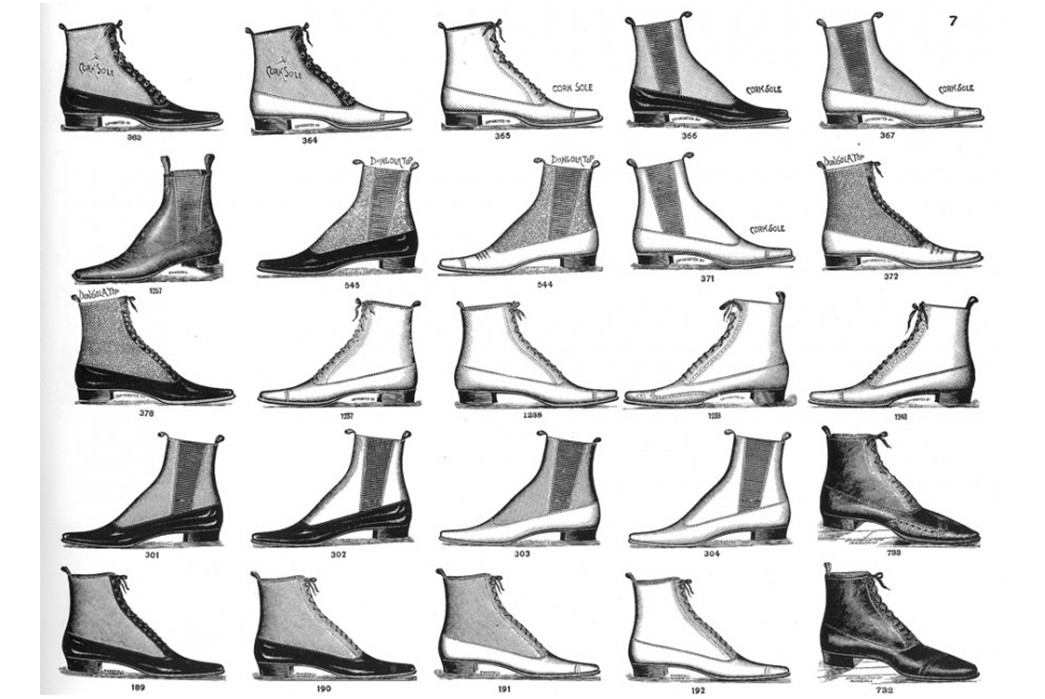
Paddock boots among their laced brethren. Image via Gentleman’s Gazette.
It was originally called the Paddock Boot or the Elastic Ankle Boot, and it resembled its modern descendant very closely. Although small alterations would be made throughout the years, the boot largely stayed the same. The addition of elastic seems almost too modern to be believed. The ankle high boots with their elasticated gussets were sleek and easy to wear, making them very popular for riding and walking. World War I would, among other things, bring the shoe out of style.
Two World Wars Later
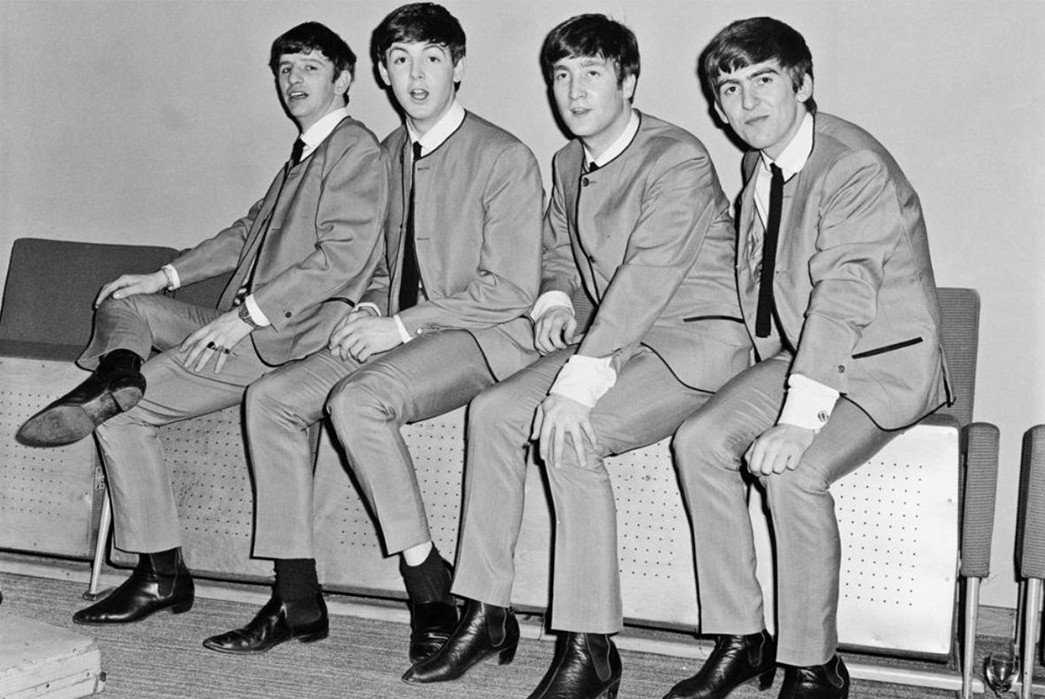
You guessed it. Image via The Rake.
Much of this history centers around England and between the outbreak of World War I and the conclusion of World War II, the country had been through a hell of a lot. Both wars claimed far more British lives than American ones and with a Global Depression between the wars, there wasn’t much time for Brits to run off and buy hip, new shoes.
The late 1950s and 60s changed all that. England, like its American ally, had wholeheartedly embraced a consumer economy and in a period of relative prosperity, teens and young adults did what they did in the U.S.A.—spend. Born in the rubble of the blitz, this younger generation wanted to spend money, look good, and have fun. And if you lived in London, the best neighborhood to do this was Chelsea.
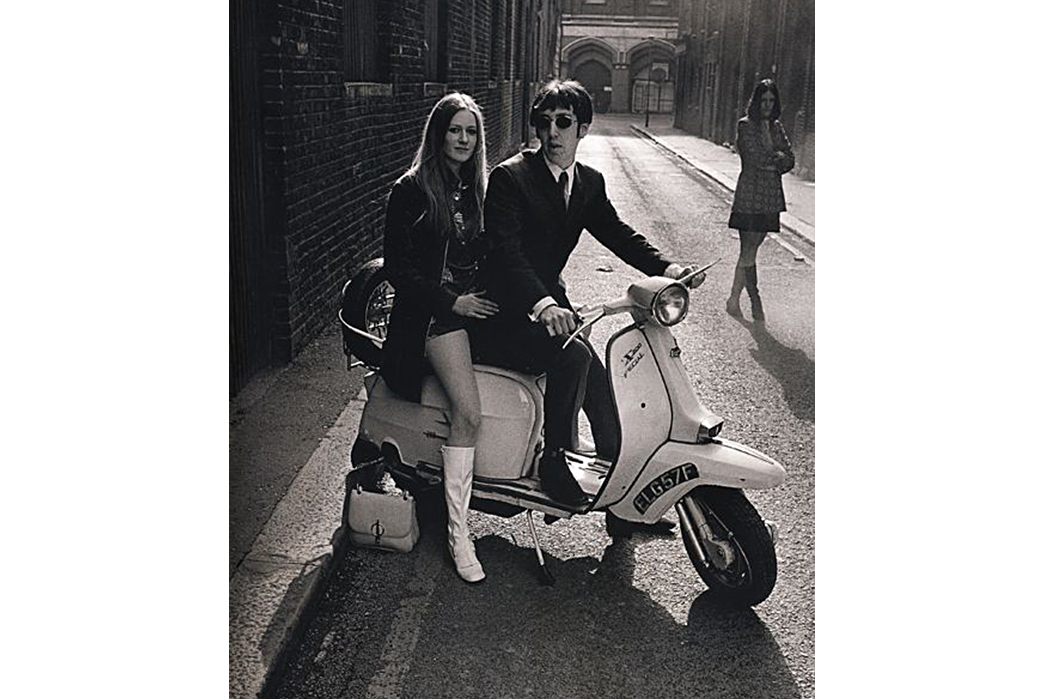
Mods. Image via Solakzade.
One particular subset of these young people were the Mods whose passions included mo-peds, natty suits, and those old-fashioned paddock boots. The paddock boot was a perfect choice for this new, hip generation because, while it was still considered a work boot, it still had a touch of that Victorian daintiness. All of this worked rather nicely with a three-button suit and a miniskirted young woman hanging on the back of your Vespa.
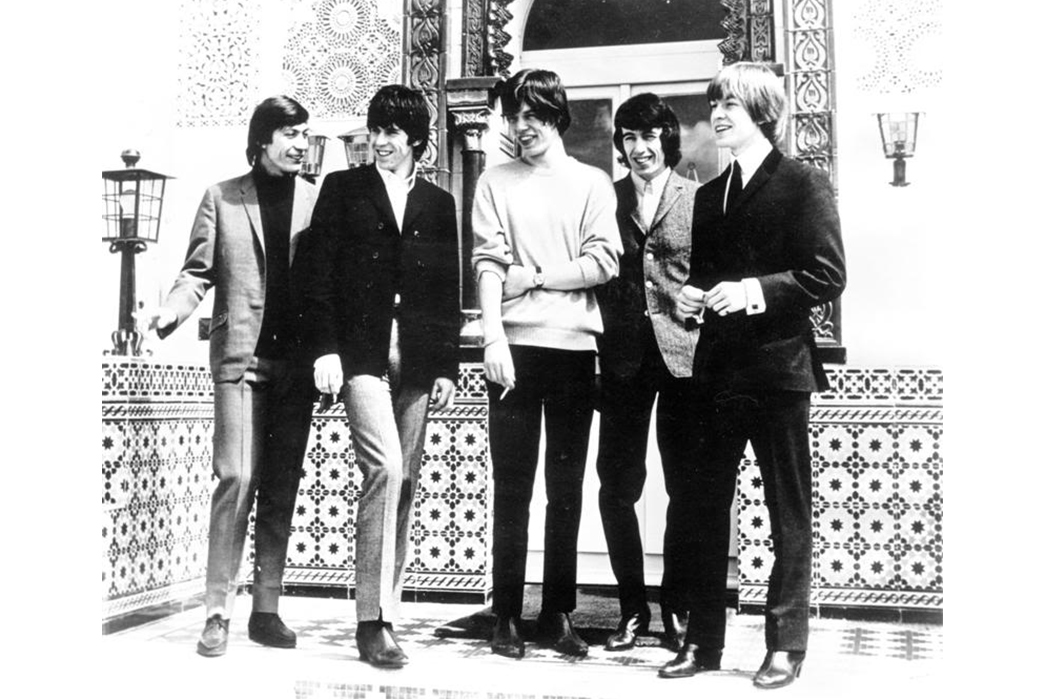
Rolling Stones. Image via In The Land of Things.
With all the taste-making hubbub centered in Chelsea, the boots wound up with the same name. But the Chelsea boot of the 60s had its differences to those of today. The biggest difference is the heel. Modern Chelseas are low heeled like a sneaker, but the best and boldest boots of the Mods’ era had a Cuban heel. You can see it most distinctly in the picture of The Beatles. John Lennon and George Harrison’s are the most exaggerated. The back of the heel cants inward like that of an old cowboy boot and the whole upper is rather narrow, simultaneously adding to the daintiness of the boot and giving it a Wild West flair. Invariably made of a black leather and peeking out from a pegged trouser, they look rather dashing.
There are a couple competing rumors about how the Cuban-heeled Chelsea came to be, but the most credible is that Paul and John saw the elasticated boots in a shop and had Anello & Davide add the higher heel. Matching shoes were made for the members of the band and it seems the rest is history.
Australian Work Boot
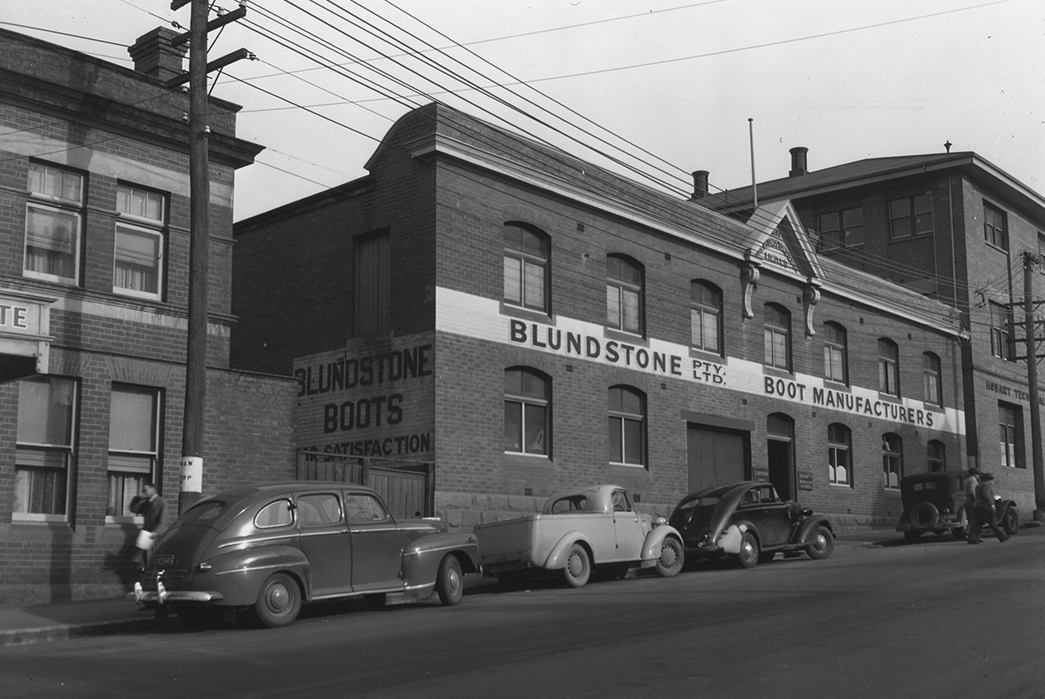
Blundstone Factory in Tasmania. Image via Blundstone.
The Australian Work Boot takes many cues from the English-invented Chelsea/Paddock Boot, but reflects the demanding conditions of the Australian outback. A bit tougher, a bit rougher, Australia’s version was even more focused on work than its predecessor.
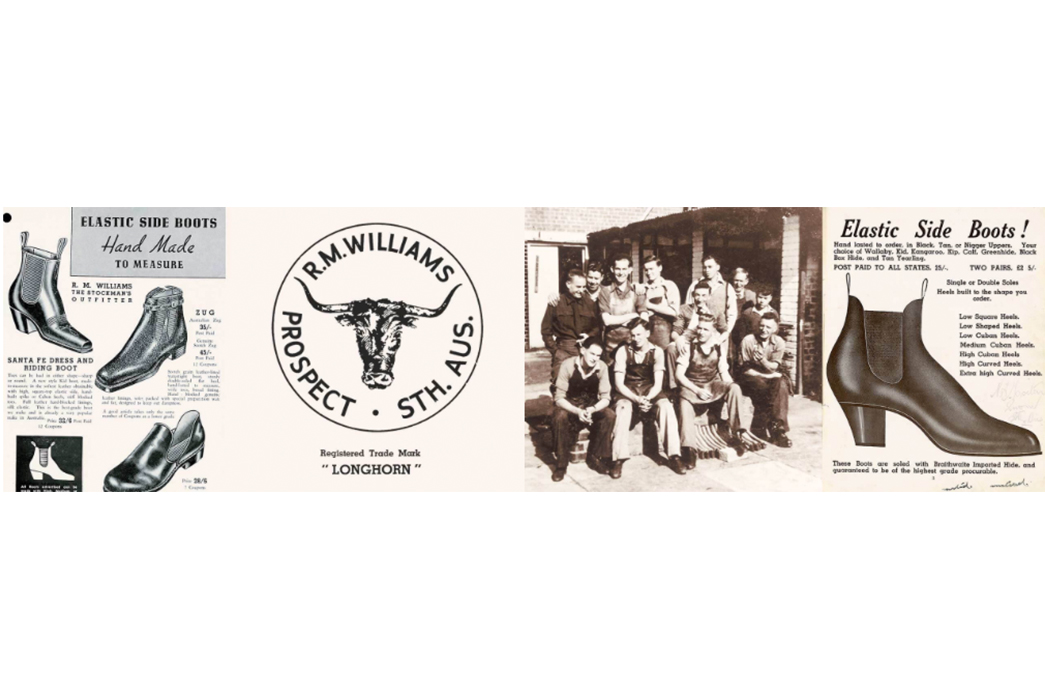
RM Williams ad material. Images via RM Williams.
Throughout the late 1800s and early 1900s, several boot brands popped up and each made their own version of the elastic-sided boots that were so popular in prewar Europe. Blundstone was the first to arrive, setting up shop in Hobart, Tasmania in 1870. However; original Blundstone boots still differed from their modern counterparts. They looked far more like the boots made by their competitor, RM Williams, who began production in 1932. These original boots were most certainly made for horse riding and manual labor. What’s more, they featured a prominent Cuban heel, decades before The Beatles allegedly made this design choice.
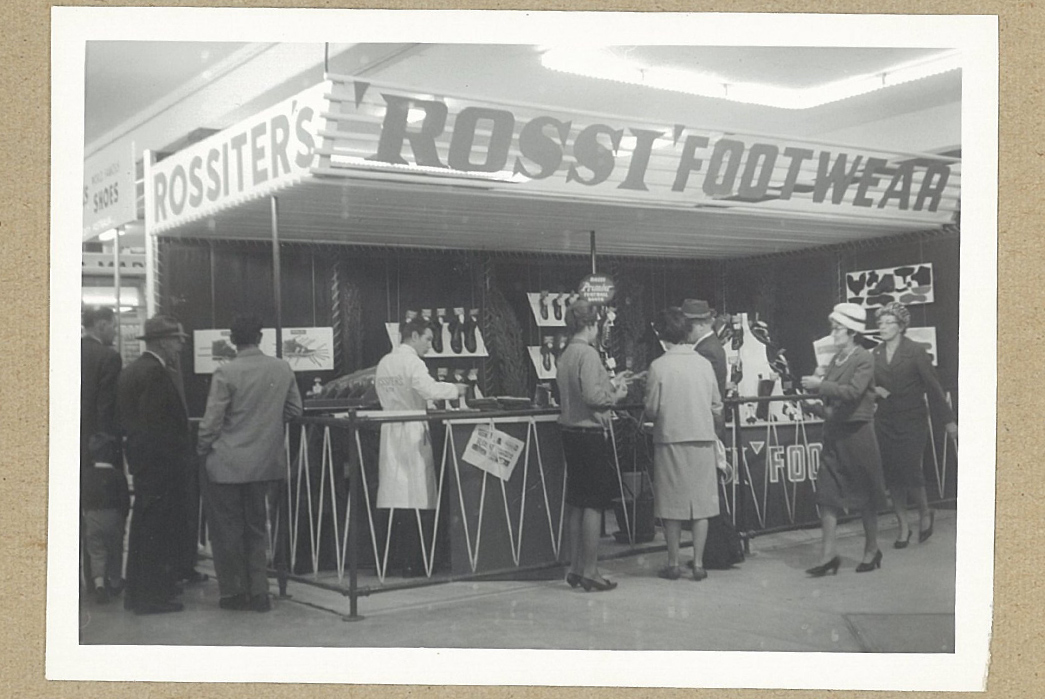
Rossi Tradeshow. Image via Rossi Boots.
All Australian work boots share a wholecut upper, elastic siding, and pull tabs at both the front and back of the topline. These high-heeled riding shoes were perfect for cowboys down under and in a country far wilder than the U.K., they were doubly useful. Another brand, Rossi Boots, which nowadays is often overlooked in favor of Blundstone, played a huge role in Australia’s footwear history, designing and producing boots for Australia’s men at arms during both World Wars.
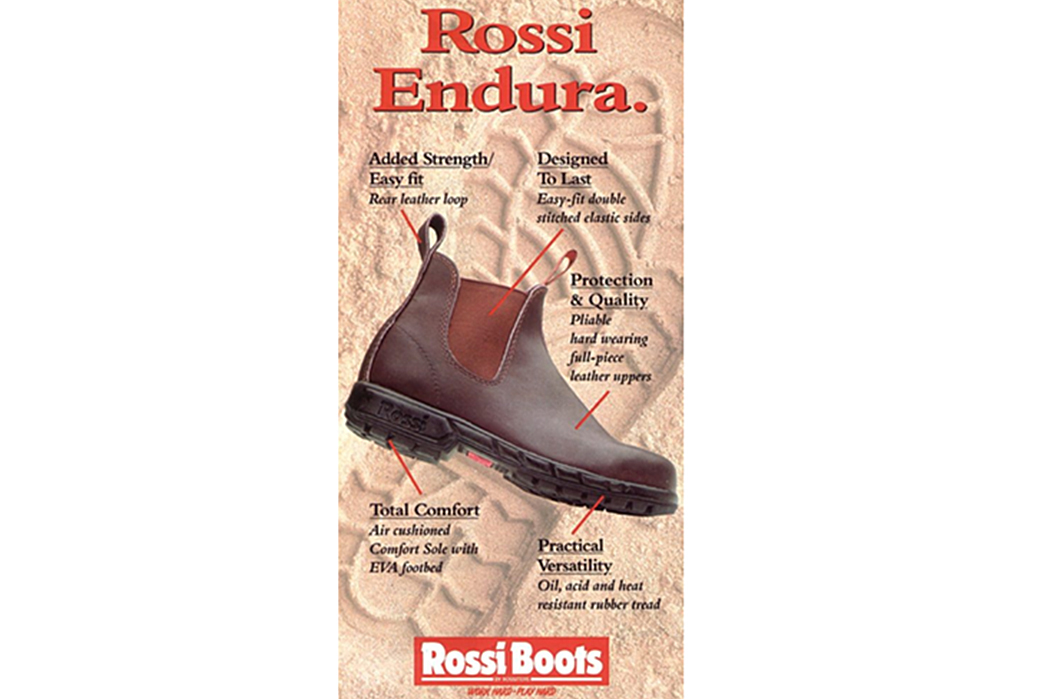
Rossi. Image via Rossi.
It’s hard to say which boot company first made the jump to the modern rubber-soled iteration of the Australian work boot that we know so well, but signs point to either Blundstone or Rossi. In the 1990s, this chunkier version premiered to much fanfare. The boot looks almost inelegant and arguably less handsome as the Cuban-heeled versions before it. But there’s something sublime in its chunky, unassuming profile which has made them such a phenomenon in the U.S. lately. If you want the more classic style, consider RM Williams, which still manufactures in Australia and if you want something like the Blundstone design, look for Rossi, which also manufactures in Australia and offers their synthetic version of the boot in more diverse styles and materials.
Out of Left Field
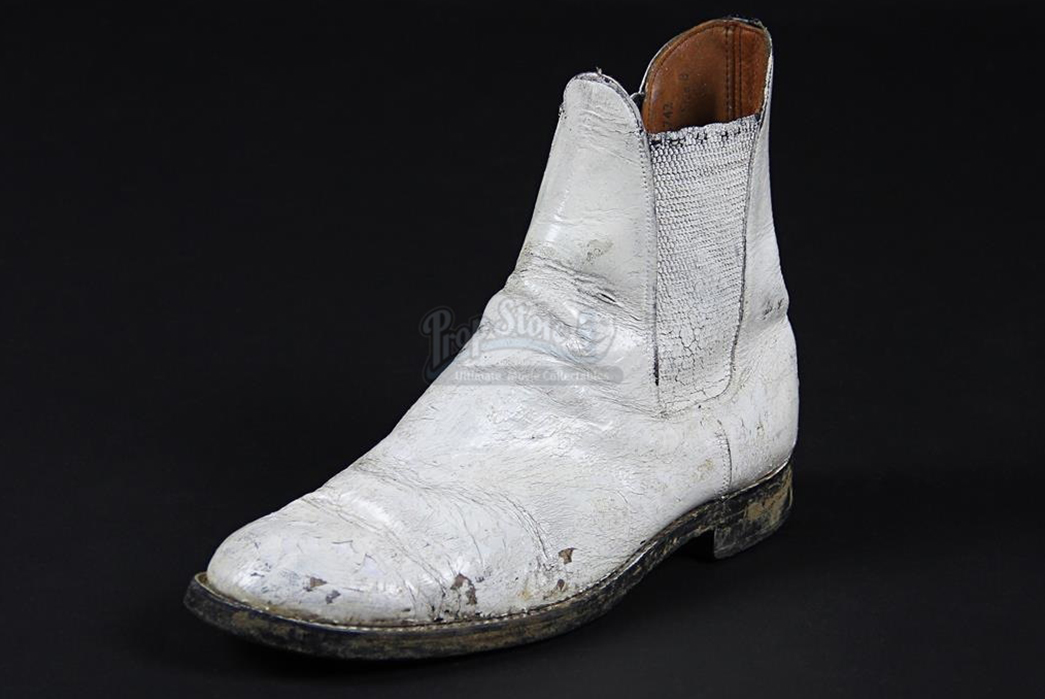
Stormtrooper Boot. Image via Propstore.
The most absurd thing about Chelsea boots… they were the official footwear of the Galactic Empire. During the production of the original Star Wars movies in the 1970s/80s, black Chelsea boots were used to outfit the many extras playing stormtroopers. To cut costs, white boots could not be commissioned, so they were painted white.
In Conclusion
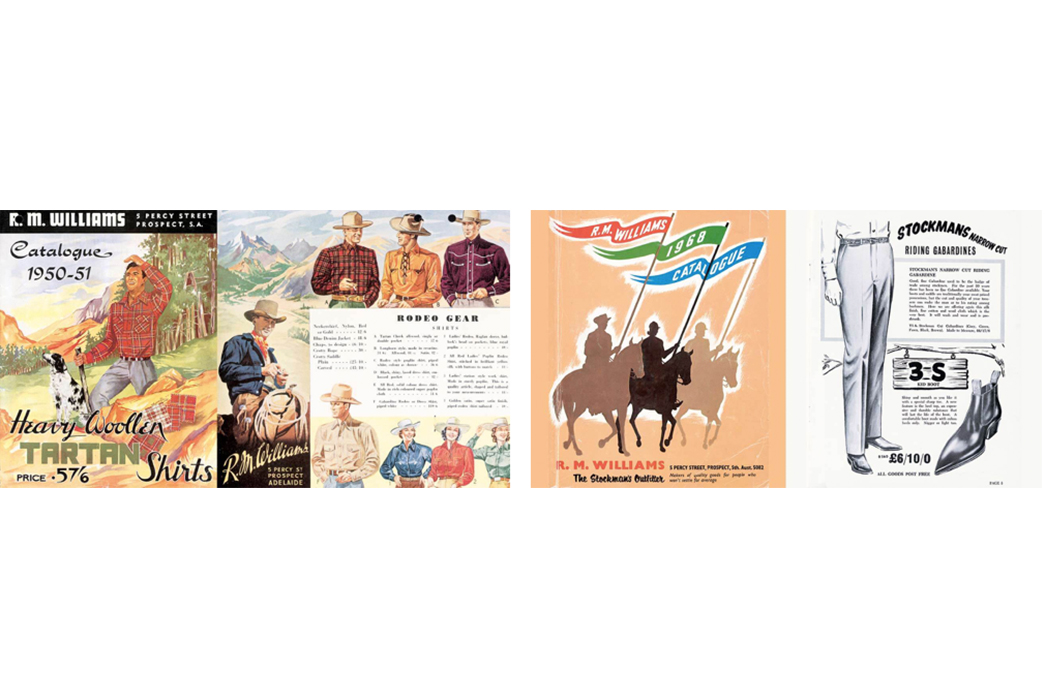
RM Williams ad. Image via RM Williams.
The boot we know simply as the Chelsea boot has lived many lives with many heel heights. From Queen Victoria to a galaxy far, far away, the deceptively simple boot has proven its worth and style many times over. Its rise from rubber and elastic to cultural relevance in music and film cement this boot further as an enduring classic that’s sure to continue pressing onward.

